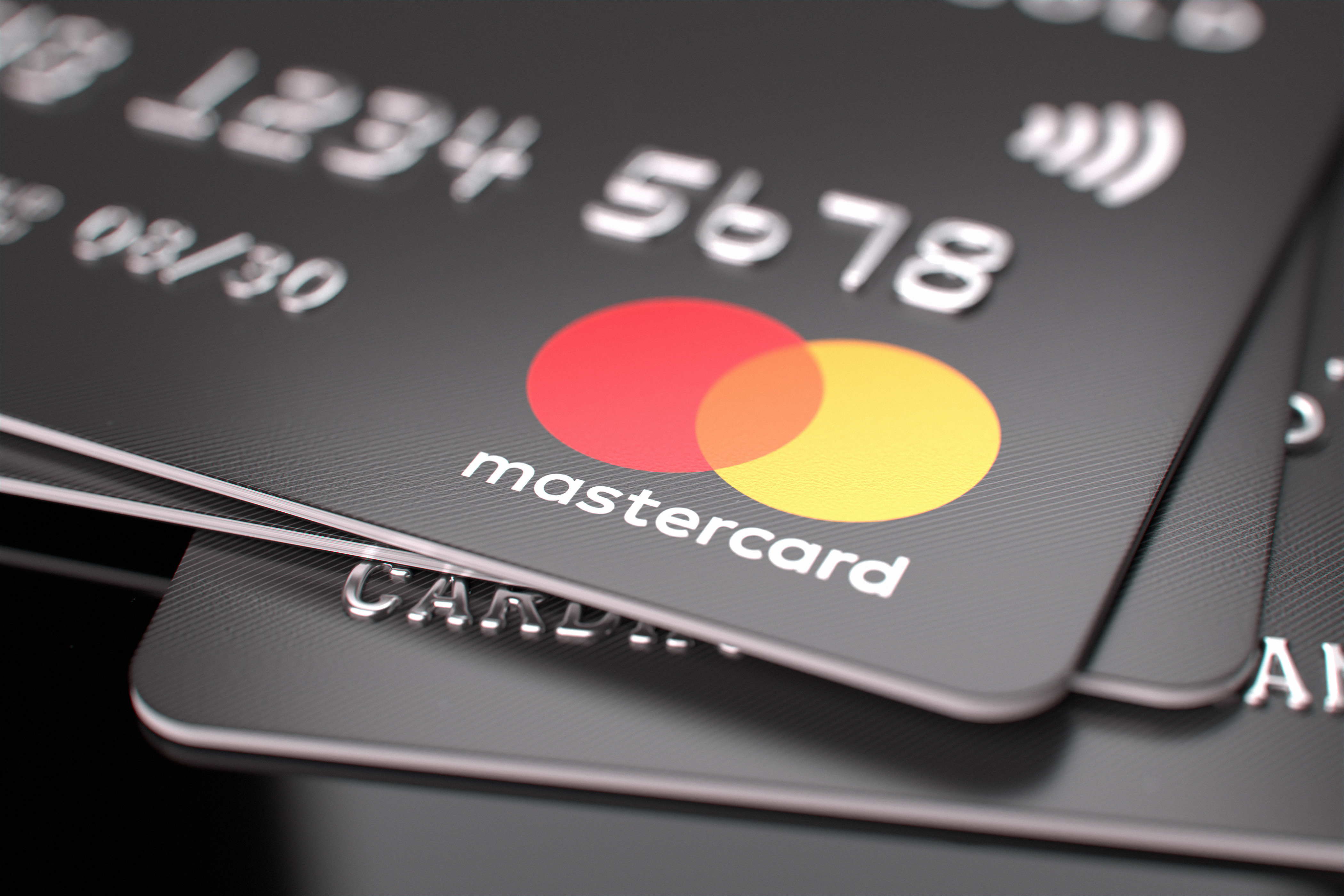Recent years have seen many global financial services providers in a race to keep up with innovative fintechs, particularly in the digital asset sphere. Now, the tides are turning, with some of the world’s largest multinationals leading the way.
MasterCard was one of the first major payments and transactions provider to enter the fray when it announced the launch of its Multi-Token Network. The company has since been hard at work building out its blockchain and crypto capabilities across both consumer and business domains.
According to MasterCard’s executive vice president of blockchain and digital assets Raj Dhamodharan, their goal is to close the divide between traditional and decentralized finance. Currently, MasterCard is working hard to address what is arguably one of the biggest barriers to that endeavor; building a payments network that’s fully compliant while offering the convenience and ease of use that users of mobile payment apps like Venmo and Zelle are accustomed to. Consumers – and to a lesser extent, companies – now expect the fast and affordable transactions that have been possible with peer-to-peer payment networks for years.
MasterCard’s strategy centers on achieving interoperability between its MTN and other blockchain-based networks, including its own. For instance, MasterCard integrated its MTN and J.P. Morgan’s Kinexys Digital Payments – formerly known as JPM Coin – back in November 2024. It has also started working with Standard Chartered to further expand into new use cases, such as facilitating cheaper and faster cross-border payments and tokenizing things like deposits and carbon credits.
A new standard for digital payments and transactions?
Until recently, the digital payments industry has been marred by high transaction fees and regulatory uncertainty. However, opinions have shifted, with mobile payment apps becoming extremely popular owing to their convenience, even if they don’t afford the same protections as traditional banking does. Similarly, cryptocurrency is more popular than ever, but it remains – for the most part – a minefield of unclear regulatory standards and economic uncertainty.
These aspects are set to change as global payment providers – like MasterCard – leverage their global presence and focus on compliance and security to set new standards across everything from financial security to user experience. For smaller financial and fintech firms, such developments introduce new challenges and opportunities alike. Competition is growing, but the pressure from the major players in the industry is also encouraging greater regulatory clarity and standardization across the developed world.
As a result, the time is ripe for forward-thinking fintechs to explore partnerships with these established financial institutions to co-develop new solutions while leveraging existing infrastructure to scale their innovations in a way that wasn’t possible before. As the lines blur between traditional transactions and digital assets, interoperability with broader financial ecosystems has become a top priority for everyone in the industry.
.png?width=1816&height=566&name=brandmark-design%20(83).png)


